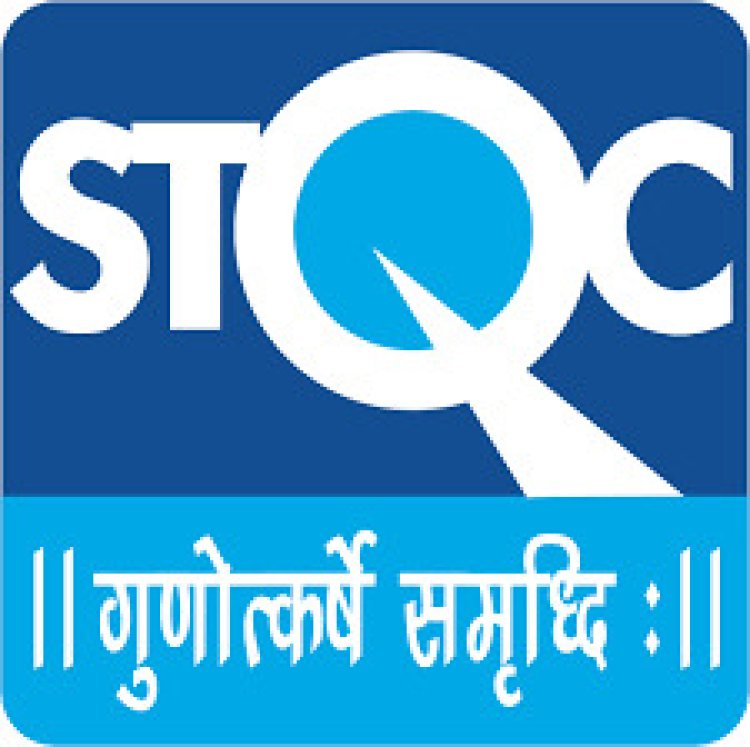Standardisation Testing and Quality Certification
Standardisation Testing and Quality Certification
Share this Post to earn Money ( Upto ₹100 per 1000 Views )

In today's rapidly evolving technological landscape, ensuring that products and services meet consistent quality and safety standards is essential for businesses aiming to compete internationally. The term "Standardisation Testing and Quality Certification" (STQC) represents a comprehensive framework designed to validate that products and services conform to established standards for safety, quality, efficiency, and reliability.
As markets grow increasingly interconnected, the importance of standardisation cannot be overstated. Consumers demand products that not only function effectively but also adhere to high safety and environmental norms. Governments and regulatory bodies in different countries have their own stringent requirements, making it imperative for organizations to pursue rigorous testing and certification processes.
What is Standardisation?
Standardisation refers to the process of creating and implementing technical standards. These standards ensure compatibility, safety, interoperability, and performance across products and services. By adhering to internationally accepted protocols, manufacturers can enhance product quality and safety while simplifying compliance across global markets. The standardisation process fosters innovation by providing a clear benchmark for product development, thus enabling industries to scale operations while ensuring consistency.
The Role of Testing in Quality Assurance
Testing is a critical component of the standardisation process. It involves subjecting products, systems, and services to a series of controlled evaluations to assess their conformity to predefined criteria. Testing can cover a wide range of factors, including:
- Performance Testing: Ensuring that the product functions efficiently under various operating conditions.
- Safety Testing: Verifying that products do not pose hazards to users.
- Compatibility Testing: Confirming that a product works seamlessly with other devices or systems.
- Reliability Testing: Assessing the product's ability to function consistently over time.
- Environmental Testing: Ensuring that products meet ecological standards and regulations.
The objective of testing is to identify defects or non-conformities before products reach the market, thereby protecting consumers and reducing liability risks for manufacturers.
Quality Certification: Building Trust and Market Confidence
Quality certification is the process by which an independent third-party organization verifies that a product, service, or system meets specified standards. A quality certificate provides tangible evidence of compliance and is often a prerequisite for accessing certain markets. Certifications signal to consumers and business partners that a product is safe, reliable, and of high quality.
There are various internationally recognized certification bodies, including ISO (International Organization for Standardization), UL (Underwriters Laboratories), and CE marking for products sold within the European Economic Area (EEA). These certifications help businesses build credibility and enhance customer confidence.
Key Benefits of Standardisation Testing and Quality Certification
-
Market Access: Certification opens the door to international markets by demonstrating compliance with global standards.
-
Consumer Trust: Certified products instill confidence in consumers, fostering brand loyalty and improving market reputation.
-
Operational Efficiency: Standardisation streamlines production processes, reducing waste and improving product consistency.
-
Risk Mitigation: Rigorous testing identifies potential defects before products reach the market, minimizing recalls and legal liabilities.
-
Innovation and Growth: By setting benchmarks for product development, standardisation encourages innovation and technological advancement.
Standardisation Testing and Quality Certification in Information Technology
In sectors like information technology (IT) and electronics, where innovation is rapid and market competition fierce, standardisation plays a vital role. Products such as smartphones, computers, network systems, and software solutions undergo extensive testing and certification to ensure performance, compatibility, security, and user safety.
Governments and industry regulators frequently impose strict quality certification requirements to protect data privacy and ensure cybersecurity. For example, many countries require cryptographic modules in IT systems to be certified under globally recognized standards such as FIPS (Federal Information Processing Standard).
STQC Directorate in India
In India, the Standardisation Testing and Quality Certification (STQC) Directorate, under the Ministry of Electronics and Information Technology (MeitY), provides quality assurance services for electronics and IT systems. Established to enhance the competitiveness of Indian products in global markets, STQC offers services such as:
- Testing and Calibration Services: Comprehensive testing solutions to ensure product conformity.
- Certification Services: Including ISO 9001 (Quality Management Systems), ISO 27001 (Information Security Management Systems), and other sector-specific certifications.
- IT Security Services: Cybersecurity testing and vulnerability assessments for IT products.
- Training Programs: Capacity building and awareness initiatives to promote best practices in quality assurance.
STQC's services have become crucial in the government's push for initiatives like "Digital India," ensuring that IT systems and solutions meet stringent standards for reliability, security, and performance.
Challenges in Standardisation Testing and Quality Certification
Despite its importance, achieving and maintaining quality certification presents several challenges for businesses:
-
Cost and Time: The testing and certification process can be costly and time-consuming, particularly for small and medium enterprises (SMEs).
-
Evolving Standards: As technology advances, standards frequently change, requiring businesses to continually update products and testing procedures.
-
Global Variability: Different countries have varying standards, creating complexity for businesses operating in multiple regions.
-
Compliance Burden: Keeping up with regulatory requirements and maintaining certifications can be resource-intensive.
Future Trends in Standardisation and Quality Certification
-
Automation in Testing: The adoption of AI and machine learning in testing processes is streamlining operations and reducing errors.
-
Sustainability Standards: Growing environmental awareness is driving the need for standards that ensure eco-friendly products.
-
Cybersecurity and Data Privacy: As cyber threats evolve, testing for security vulnerabilities and compliance with privacy laws will become even more critical.
-
Global Harmonization of Standards: Efforts are underway to standardize testing and certification procedures globally, reducing complexity for businesses.
Conclusion
Standardisation Testing and Quality Certification is indispensable for businesses seeking to establish themselves as leaders in the global market. By ensuring that products meet high-quality benchmarks, businesses not only gain competitive advantage but also foster trust and loyalty among consumers. As technology continues to advance and markets evolve, the role of testing and certification will only grow in importance, driving innovation and excellence in product development.














